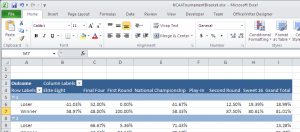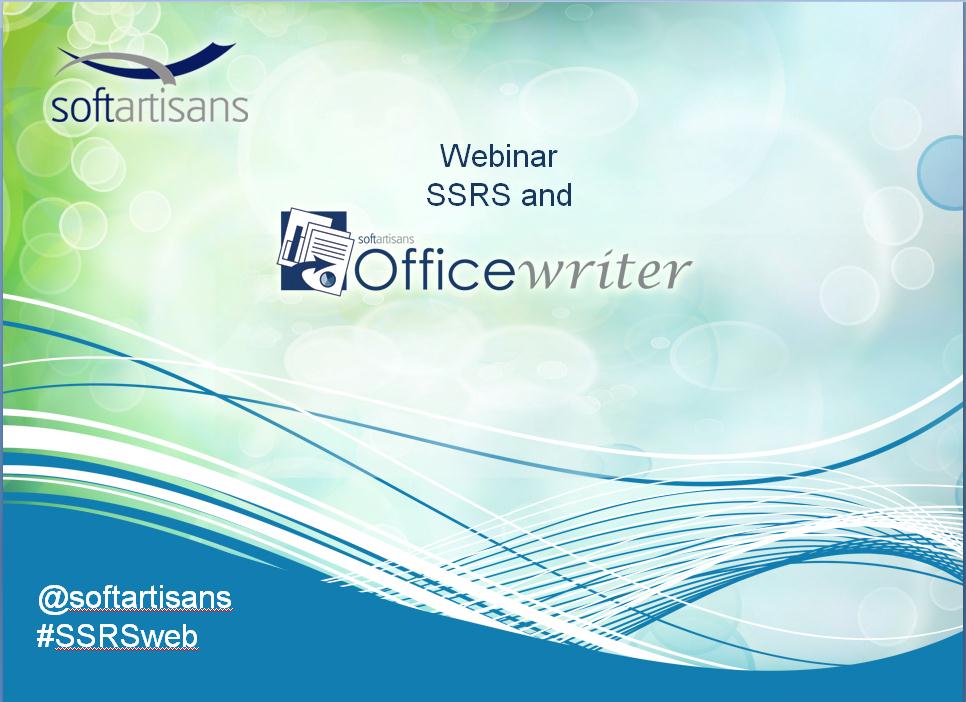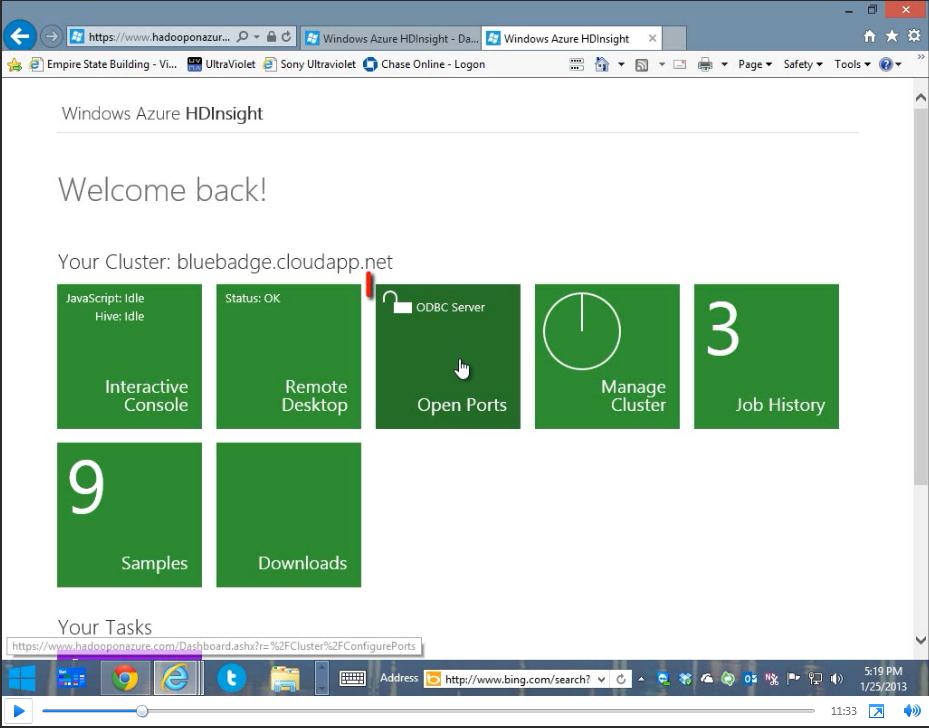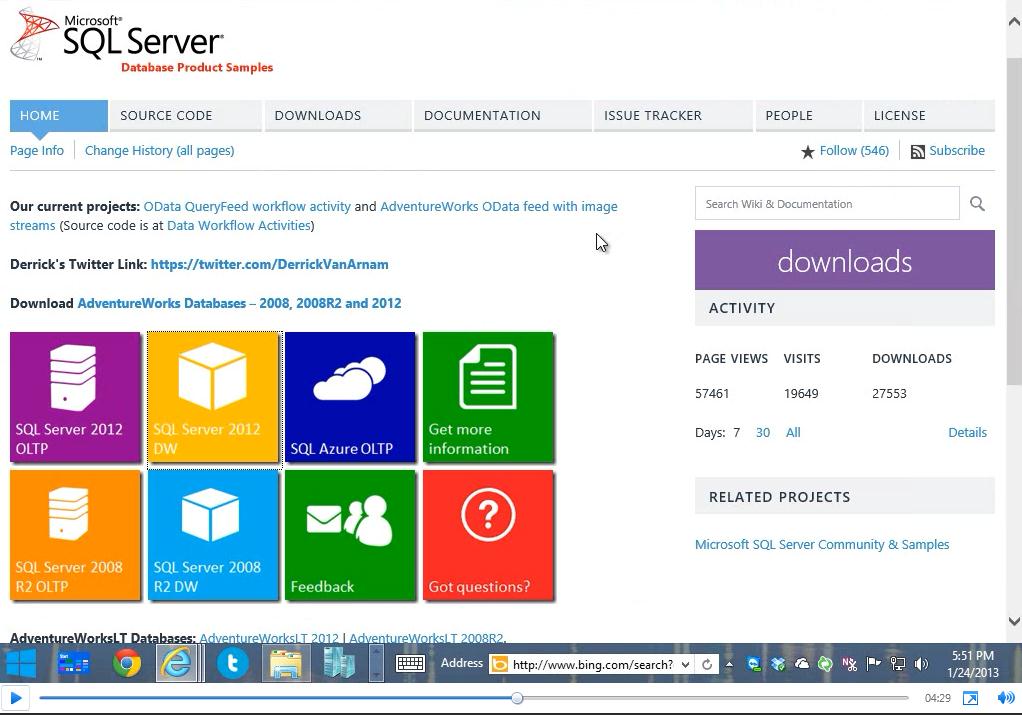Our weekly series, Truth in Tech, is now a podcast! So you can listen at your convenience – at your desk or on-the-go.
1. Acquisitions Galore:
Pinterest Buys Livestar: Livestar amalgamates reviews for restaurants, movies, and music from reputable sources such as newspapers, local news blogs, Facebook friends, or people in your contact list. The acquisition cost wasn’t revealed, but Livestar did have some top investors and $2 million in funding
Babbel Startup buys PlaySay: Babbel is a language learning startup. PlaySay is a English/Spanish learning app for the iPhone where you can have real conversations with pronunciation feedback. Again exact amount of buyout not revealed, but Babbel’s goal is to break into the US Market.
2. Google launches Keep on Android and Google Drive: Keep is Google’s version of Evernote that syncs to your Google Drive. It’s android only at the moment, but wired predicts an iOS version soon
“The drones, or unmanned aerial systems, have already helped the police find missing people and county planners measure the growth of a landfill. But they could also be used by drug dealers, pedophiles and nosy neighbors, the witnesses and a senator said.” Currently, only government agencies and police departments can fly drones, but the FAA will have rules in place for commercial use by 2015.
Square may bill itself as the simplest way to pay–but Continue reading Truth in Tech Ep. 10: Acquisitions, Drones, & Starbucks Square
 Follow
Follow







 Once a week I snoop around the office, bothering my coworkers with questions on what they’re reading, listening to, consuming, or any other random inquiries I’d like to subject them to. Sometimes they even respond.
Once a week I snoop around the office, bothering my coworkers with questions on what they’re reading, listening to, consuming, or any other random inquiries I’d like to subject them to. Sometimes they even respond. We partnered with Andrew Brust from Blue Badge Insights to integrate OfficeWriter with Hadoop and Big Data. Taking existing OfficeWriter sample projects, Andrew discusses how he created two demos showing OfficeWriter’s capabilities to work with Big Data. One demo uses C#-based MapReduce code to perform text-mining of Word docs. The other demo focuses on connecting to Hadoop through Hive.
We partnered with Andrew Brust from Blue Badge Insights to integrate OfficeWriter with Hadoop and Big Data. Taking existing OfficeWriter sample projects, Andrew discusses how he created two demos showing OfficeWriter’s capabilities to work with Big Data. One demo uses C#-based MapReduce code to perform text-mining of Word docs. The other demo focuses on connecting to Hadoop through Hive.
 We’re taking OfficeWriter to the cloud. In these videos you’ll see how OfficeWriter runs on Windows Azure. Taking our exisiting OfficeWriter web sample projects, Andrew Brust from Blue Badge Insights made them run on the Windows Azure cloud platform.
We’re taking OfficeWriter to the cloud. In these videos you’ll see how OfficeWriter runs on Windows Azure. Taking our exisiting OfficeWriter web sample projects, Andrew Brust from Blue Badge Insights made them run on the Windows Azure cloud platform.
